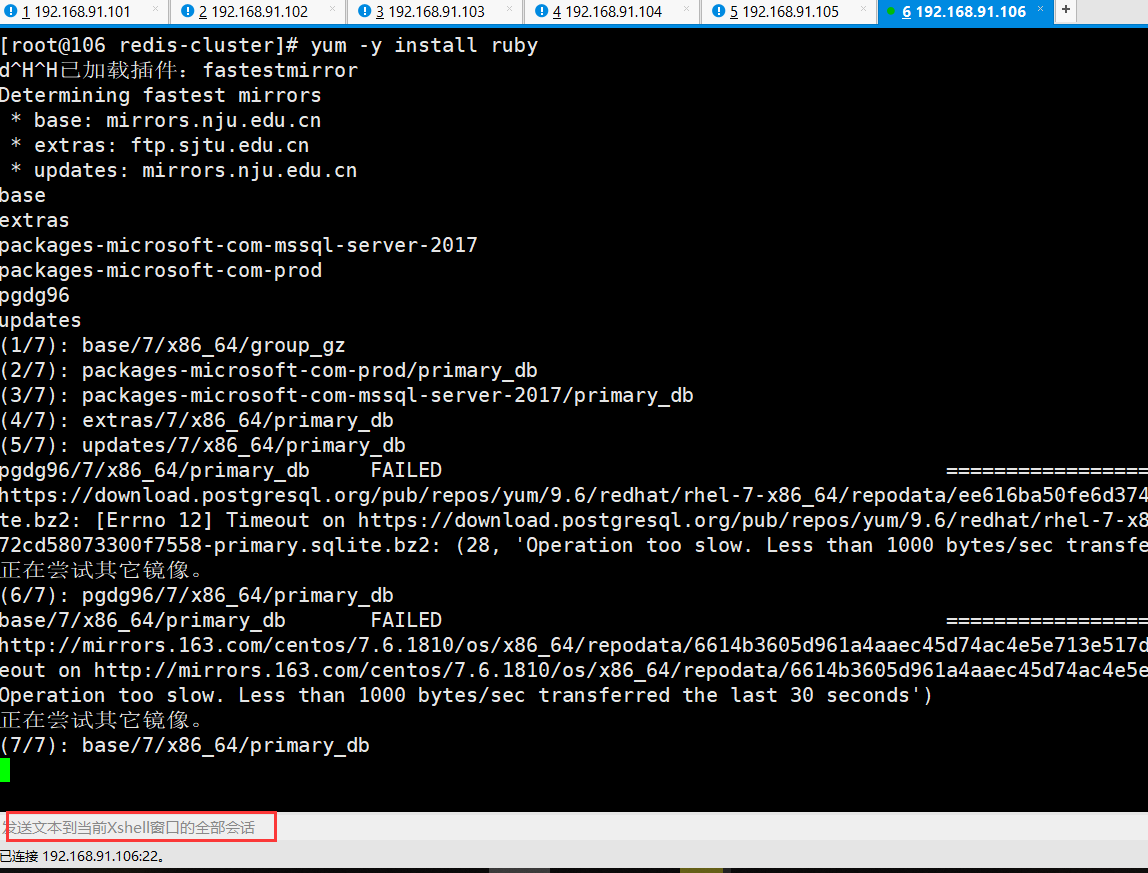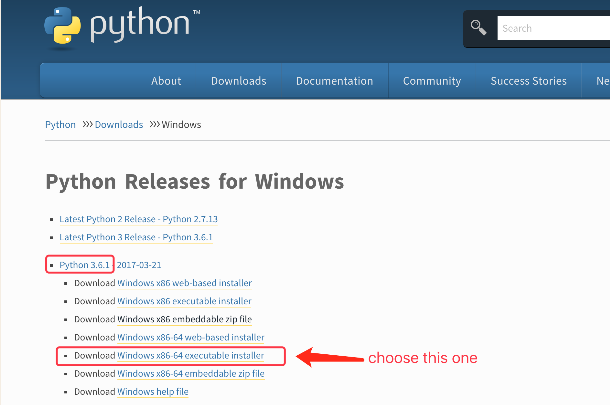我知道这是设计,你不能控制当一个对象被破坏时会发生什么.我也知道定义一些类方法作为终结者.
然而,C的RAII是Ruby的成语(资源在构造函数中初始化,在析构函数中关闭)?即使发生错误或异常,人们如何管理在对象内部使用的资源?
使用确保作品:
f = File.open("testfile")
begin
# .. process
rescue
# .. handle error
ensure
f.close unless f.nil?
end
但是该类的用户必须记住,每次开放方法需要被调用时,都要进行整个开始抢救 – 确保chacha.
所以例如,我将有以下类:
class SomeResource def initialize(connection_string) @resource_handle = ...some mojo here... end def do_something() begin @resource_handle.do_that() ... rescue ... ensure end def close @resource_handle.close end end
如果异常是由某个其他类引起的,并且脚本退出,那么resource_handle将不被关闭.
还是更多的问题我还在做这样的C样?
解决方法
所以用户不要“记得做整个开始抢救 – 确保chacha”组合救援/确保与收益.
class SomeResource
...
def SomeResource.use(*resource_args)
# create resource
resource = SomeResource.new(*resource_args) # pass args direct to constructor
# export it
yield resource
rescue
# kNown error processing
...
ensure
# close up when done even if unhandled exception thrown from block
resource.close
end
...
end
客户端代码可以使用如下:
SomeResource.use(connection_string) do | resource | resource.do_something ... # whatever else end # after this point resource has been .close()d
事实上,这是File.open如何运作 – 使第一个答案最大的困惑(就是我的同事们).
File.open("testfile") do |f|
# .. process - may include throwing exceptions
end
# f is guaranteed closed after this point even if exceptions are
# thrown during processing


